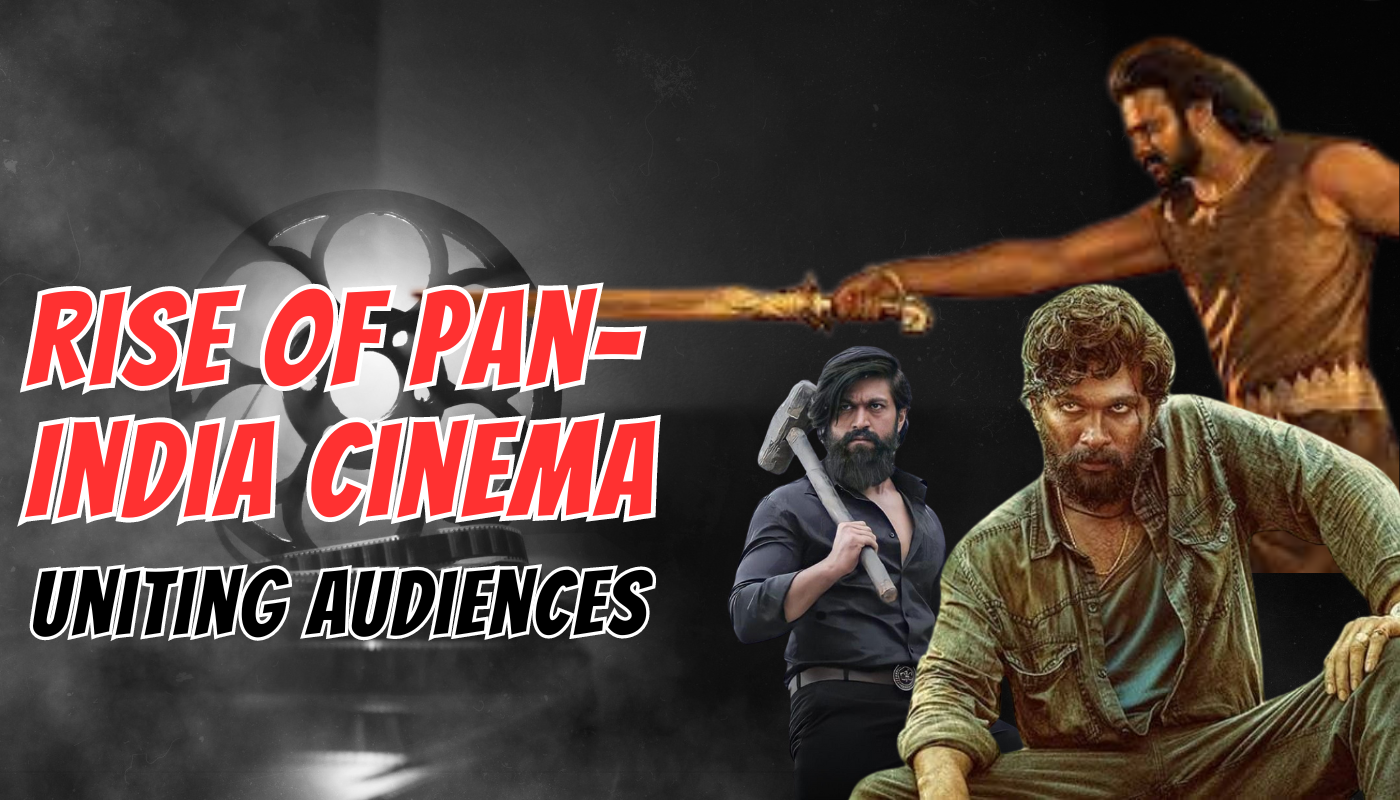Mumbai: The 10th Osian’s-Cinefan Festival of Asian and Arab Cinema is the largest festival of its kind in the world and screened over 200 feature and short fiction films from around 40 countries.
As the Festival was marking ten years of its inception, it introduced several new features that have not only given the event a special boost but will help filmmakers all over Asian and Arab countries.
In addition to the annual award for writing, the festival this year bestowed an additional award, the Osian’s Lifetime Achievement Award for Contribution to Cinema, given to renowned filmmaker Mrinal Sen. The writer’s award, renamed the Aruna Vasudev Lifetime Achievement Award for Writing on Cinema, was presented to Jose "Pete" F. Lacaba from the Philippines.
The Festival was organized at Siri Fort complex and the Alliance Francaise in New Delhi from 10 to 20 July by Osian’s Connoisseurs of Art in association with the Government of Delhi. Committed to bringing the finest films from India, Asia and Arab countries, it aims to break down artistic hierarchies of the popular and the highbrow to reinvent a thoughtful and creative film culture.
The award money this year was raised to over Rs One crore for the Competition Sections and Lifetime Achievement Awards. The winners of the Lifetime Achievement Award were presented Rs 800,000 each.
The two new joint festival directors Latika Padgaonkar and Indu Shrikent took over the reins of the festival from renowned critic Vasudev – who founded the Cinefan Festival of Asian Cinema in 1999. She has decided to step down, though will continue to support the festival from outside as a consultant.
The Hong Kong films Sparrow by filmmaker Johnny To and My Blueberry Nights by the eminent Wong Kar-wai were the opening and centrepiece films, while the Indian Mumbai Cutting, which has been directed by eleven prominent directors, was the closing film of the festival.
The festival collectively had six juries comprising 22 individuals from the global film community, each of whom brought a unique perspective from every sphere of filmmaking. Esteemed directors, screenwriters, actors and cinematographers together presided over the awards selection for the films in competition, deciding the winners in four categories – Asian and Arab, Indian, First Features and In-Tolerance.
In addition, there were three-member juries each for the NETPAC (Network for Promotion of Asian Cinema) and FIPRESCI (International Federation of Film Critics).
The Best Films in the Asian-Arab and Indian Competition sections were awarded Rs two million each and the Best Director in each section won Rs 800,000. The Special Jury Award and the Best Actor and Actress took away Rs 200,000. An Audience Award set up for a film in competition won Rs 200,000.
The new competition section dealing with themes of In-Tolerance has been created this year to showcase feature and documentary films that respond to or deal with the intolerance of our times. The Best Film in this category will take home a cash award of Rs 800,000.
The Festival also saw the introduction of competition for First Features. The Best First Feature received Rs 200,000 in addition to a guaranteed support of Rs 800,000 from fFOOD: The Film Fund – Osian’s Originating Development, created by Osian’s, for the next feature film.
Well known Indonesian actress and producer Christine Hakim presided over the international jury of the Festival. The Indian members of the juries were Ketan Mehta, Sai Paranjpye, Nagesh Kukunoor, Bappaditya Bandopadhyay, Arun Khopkar and Meena Karnik.
A major highlight of the event was the unveiling of the scale model of the Osianama, Osian’s flagship cultural complex and the most expensive Raja Ravi Varma painting bought to be housed in the Osianama.
One new feature was Film craft: Screenplay (World Cinema) showing films chosen with a view to opening a debate on whether the screenplay is a necessary evil and whether the verbal document called the screenplay can presage the living reality of images and sounds in cinema.
In New Focus, the festival for the first time had short fiction films of less than 40 minutes duration from Asian and Arab countries. There was a special collection of films from Israel, and another on Palestinian cinema.
The Ten Commandments (World Cinema) celebrated the significance of the number ten on the occasion of the festival’s 10th anniversary. The films shown explored the manner in which cinema has navigated the narrow alley between censorship, transgression and pleasure throughout its history.
A new section, Springboard, has been introduced to pay a tribute to other film festivals. As part of the tenth anniversary, this section comprised of films from earlier editions, selected by the Vasudev.
The Festival, which saw the premiere of a large number of new feature films from Asia and Arab countries including Pakistan, also had its usual features like Asian Frescoes with new films from Asian and Arab countries and Indian Mosaic that showcased the richness and diversity of their cinemas, and Cross-Cultural Encounters with films that show a cross-cultural connection between Asian, Arab and other cultures.
However, the Festival has gone beyond merely good films. While films are the ultimate stress busters and the most reliable source of entertainment, film festivals provide the platform to argue, agree, learn, challenge and ignite one’s imagination.
In 2005, Osian’s launched IBM2 – a series of seminars, conferences, exhibitions, auctions and panel discussions to draw attention to the entire cycle of a film’s life. This year, IBM2 included Talent Campus India – a six-day workshop for thirty-one aspiring filmmakers from South Asia (including 28 from India) in collaboration with Berlinale Talent Campus, Berlin International Film Festival and Max Mueller Bhavan; ABC Series IV, an Art, Book & Film Memorabilia Auction.
The Osian’s Asian II Exhibition brought together the world’s largest collection of Japanese Samurai armour and Kabuto helmets alongside a focus on Asian erotica; Lectures and Panel Discussions. The discussions included one on A Matter of life and Death, to ascertain whether critics can make or mar a film.
Paul Schrader, one of the world’s most famous screenplay writers, delivered a Masterclass on Screenwriting at the Festival where two films written by him, Mishima and Martin Scorsese’s Taxi Driver were screened at the festival.
In keeping with its central theme of Literature in Cinema, there was a discussion on writing and cinema about the novel in adaptation. The Festival had films based on novels and adaptations, meetings with directors and novelists, a tribute to Nobel laureate Naguib Mahfouz and Alain Robbe-Grillet’s Gradiva – directed and scripted by the author himself.
Tributes were also paid to two other renowned cinema personalities – Taiwanese director Edward Yang and Indonesian actress Christine Hakim who presided over the Asian-Arab jury. A Shakespeare corner was created where children from various schools came together to enact Shakespeare each evening.
Apart from informal interactions, the Festival saw around twenty press conferences with Indian and foreign delegates.
Earlier in a preview event in Mumbai, the original ‘yahoo’ star of India, Shammi Kapoor, was felicitated in grand style with a Lifetime Achievement Award in a grand finale to a two-day Festival held on 13 and 14 June.



